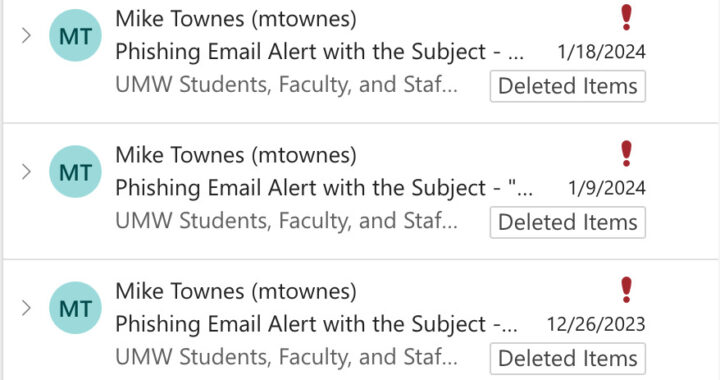The ‘Ferguson Effect’ brings issue of law and order into question
4 min readBy BRANDON QUINTIN
A worrying trend is developing in American cities as The New York Times recently reported that the murder rates in a number of urban areas have risen dramatically compared to studies conducted over the same period last year.
For, Milwaukee, St. Louis and Baltimore have all seen their murder rates rise well over 50 percent, while traditionally high-crime cities such as Chicago, Washington and New Orleans follow not far behind. Even New York City, which since the mid-1990s has been universally praised for its handling of violence, has seen an uptick. However, from 1990 to 2011, the violent crime rate was nearly cut in half. It was a welcome development given that the rate had quintupled from 1960 to 1990.
Although most of the increase had to do with the epidemic drug violence in the 1970s and 1980s. While drug use is very much an issue of concern in this country, especially concerning heroin and prescription pill abuse, experts do not seem to believe that it is the cause of this year’s developments.
FBI director James Comey recently said that “some part of the explanation is a chill wind blowing through American law enforcement over the last year. And that wind is surely changing behavior.”
What Comey referenced is the so-called Ferguson effect, in which police become reluctant to actively enforce the law due to the fear of being videotaped or accidentally igniting public outrage.
In a recent Time Magazine article for instance, a young cop in Philadelphia said that, “What it’s like to be a cop in America a year ago, police did not face the scrutiny that accompanies every call for service—and not just the usual watchfulness cast in the direction of the uniform. People are recording every move you make, or at least every arrest.”
Although President Obama strongly disagrees with the existence of the Ferguson effect, and says that the recent murder rate increases are exceptions to the rule. Two cities with the sharpest rise are Baltimore and St. Louis, and it is hard to see this as a coincidence. In the past year and a half, these two cities have seen massive racially-motivated riots in response to presumed police brutality. In Baltimore, a chronic criminal died while in the custody of three white and three black officers. In Ferguson, a black man was killed after robbing a convenience store and resisting the officer who later confronted him.
These incidents triggered a large outpouring of hostility toward police departments across the nation and encouraged the criminals who oppose them. A number of other very serious encounters were captured on camera that showed obvious police misconduct by overzealous and abusive officers. Law enforcement officials believe that video can be a productive tool in police accountability, which is why a record number of departments are now using body cameras.
However, they also caution people when viewing videos of perceived police abuse posted on the internet. It is only after something serious has occurred that cameras and phones come out. And it is usually during this second phase of the encounter that the officer has the upper hand, and therefore appears the most abusive.
Yet this phenomenon is not the only variable that has led to increased crime and murder. The example of New York City is remarkably representative of the whole nation. According to Atlantic Monthly, from 1960 to 1990, the crime rate surged dramatically. Excellent leadership under mayors Rudy Giuliani and Michael Bloomberg and Police Commissioners Ray Kelly and Bill Bratton was responsible for stopping that trend, and ultimately completely reversing it. New York City, at the end of Bloomberg’s term in 2013, was the most peaceful and stable it had been in decades.
Yet many seemed to think that law enforcement had gone too far, and the new mayor, Bill de Blasio, ran largely on that message. The city’s “stop-and-frisk” policy, where a police officer could question and search suspicious pedestrians when thought necessary, was the primary issue of concern. Since his election, the policy has been all but eliminated and measures have been proposed to deal with what many people see as a racial bias inherent in the system. This reaction against a presumed overcorrection is more or less the same narrative that is playing out across the country.
After two decades of unprecedented gains in the fight against crime, it appears that the era is coming to an end. Increased scrutiny and allegations of racism will undoubtedly lead toward police enforcement policies with a much lighter footprint.
But is that wise? Guns and drugs are proliferating across our cities at a very high rate. A strong and trusted police force is necessary to effectively deal with those issues. Yes, we have questioned race and police abuse when it comes to crime in America, but nothing ever makes murder acceptable. Above all, this is simply a question of law and order.











